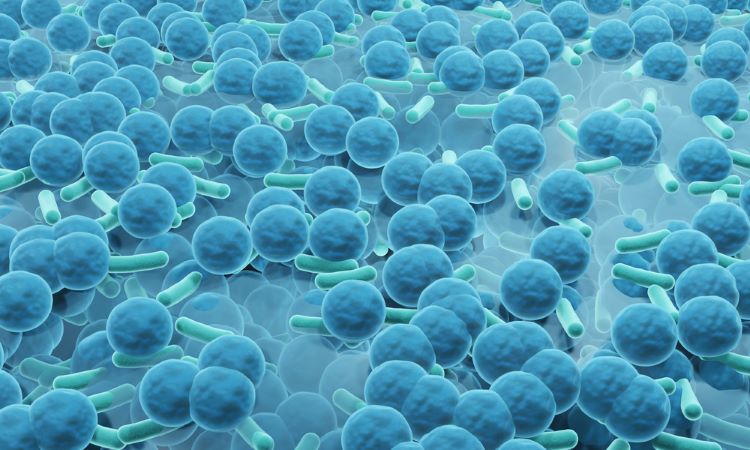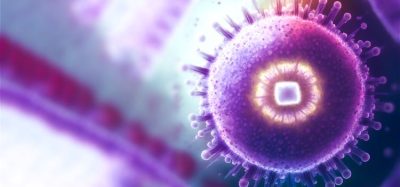Drug combination shows promise for mitigating microbial biofilms
Posted: 21 October 2024 | Catherine Eckford (European Pharmaceutical Review) | No comments yet
Combining allicin with domiphen could reduce biofilm formation, providing a potential avenue for overcoming antimicrobial resistance, research suggests.


For the first time, a study has described the success application of a combination of allicin and domiphen to “control biofilm formation by pathogenic microorganisms”.
Specifically, the two small molecule drugs were studied against the pathogens Staphylococcus aureus, Escherichia coli, and Candida albicans. The combination reduced the dosage of the two drugs and “demonstrated improved antimicrobial and anti-biofilm properties”.
Data showed that allicin and domiphen provided “a fractional bactericidal concentration of less than 0.38. The combination of 64 μg/mL allicin with 1 μg/mL domiphen dispersed over 50 percent of the biofilm mass of S. aureus, E. coli, and C. albicans. In addition, the drug combination reduced the total viable counts of E. coli and C. albicans biofilm cells on stainless steel and polyethylene surfaces by more than 102 CFU/mL”.
[allicin and domiphen] reduced the total viable counts of E. coli and C. albicans biofilm cells on stainless steel and polyethylene surfaces by more than 102 CFU/mL”
The combination of allicin and domiphen were applied to polyethylene and stainless-steel surfaces, and based on the results, can therefore be beneficial against contamination on packaging and processing equipment made of these materials, the authors explained.
Microbial biofilm study results – future implications
Previous research has shown that the combination of allicin and domiphen “reduced biofilm adhesion, increased drug permeability, damaged the biofilm bacteria and inhibited biofilm formation”, Li et al. highlighted. Additionally, other research has illustrated their benefits, eg, allicin “inhibits pathogenic bacteria” and domiphen “can inhibit E. coli and C. albicans”.
In terms of methodology, broth microdilution was one technique used to find out the efficacy of the allicin and domiphen combination.
The investigators applied fluorescence microscopy to assess the anti-biofilm activity of the two drugs. Furthermore, the plate count technique was used to determine the total viable count of the biofilm cells on the surface of the materials, according to the authors.
The paper was published in Frontiers in Microbiology.
Related topics
Biopharmaceuticals, Drug Development, Drug Safety, Industry Insight, Microbial Detection, Microbiology, Research & Development (R&D), Therapeutics









